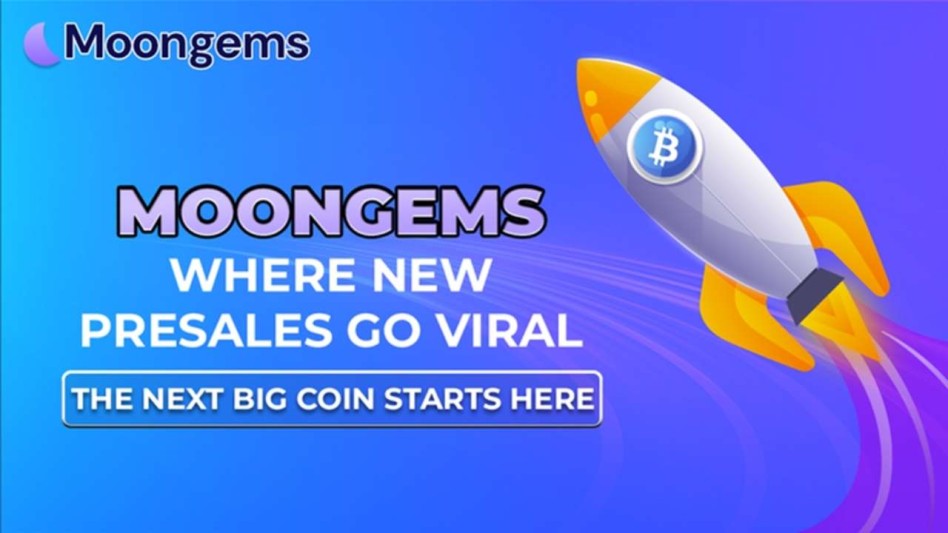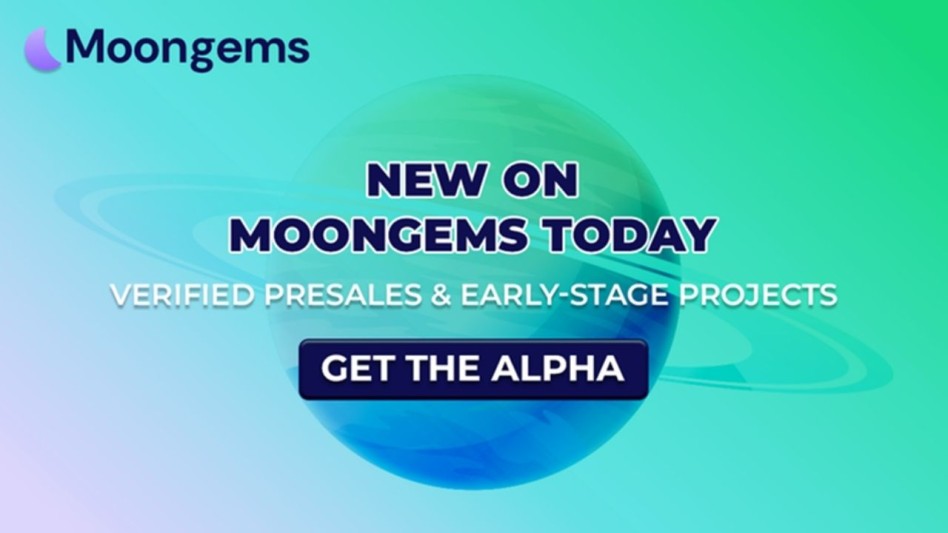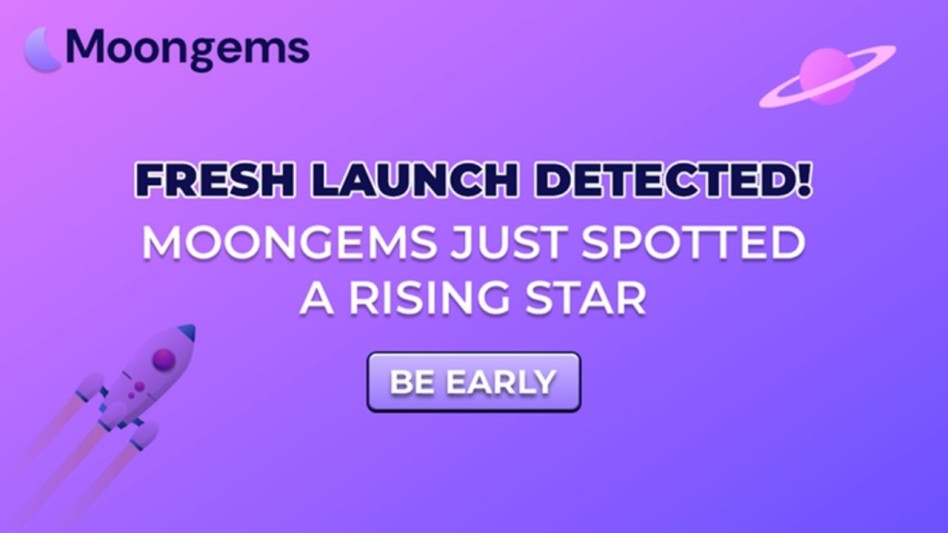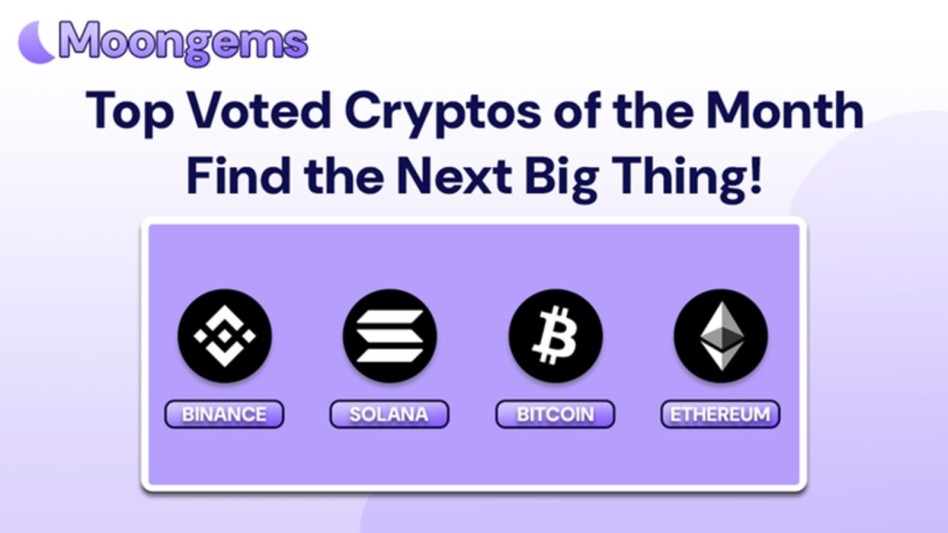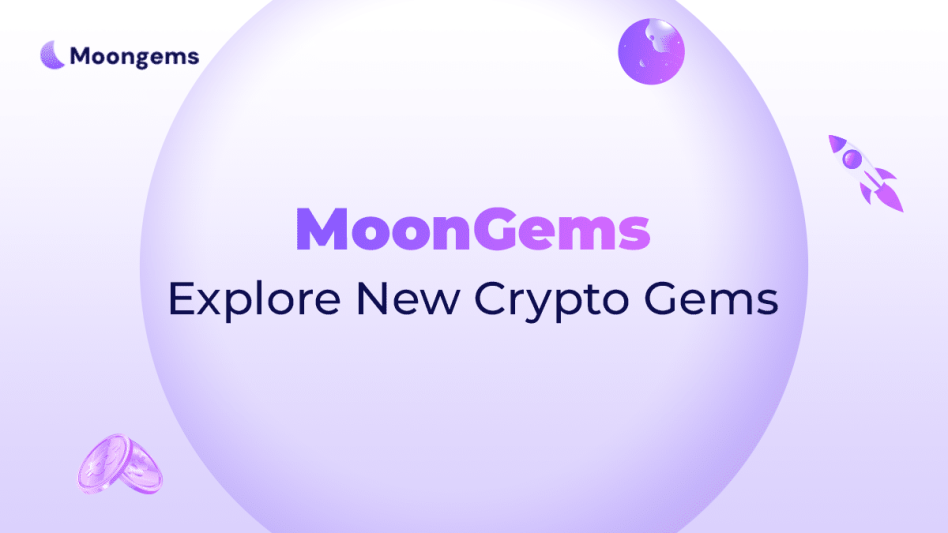Crypto presale is an early sale of a project’s tokens before a public exchange listing. Teams set clear terms, sell a portion of supply, and use proceeds for code, audits, liquidity, and operations. Regulators and industry groups describe this stage as high risk and high disclosure. Readers should approach it with care and a plan. For discovery and side-by-side comparisons, Moongems provides presale calendars, token dashboards, and sentiment snapshots.
This article explains presales in plain language. It covers the launch flow, how to judge tokenomics, what liquidity means for execution, and the rules that shape offers in 2025. It also shows how social narratives move attention, with a look at how analysts talk about Solana. Key claims include links to primary sources.
Note: This article is for informational purposes only and does not constitute financial, legal, or tax advice.
The Basics: What a Crypto Presale Means in 2025
A presale happens before a token trades freely on an exchange. The project publishes terms such as price per stage, supply on sale, dates, and how funds will be used. Education pages and investor bulletins stress that token sales can involve securities-law issues and that buyers must review disclosures before sending funds.
Presales sit beside other launch types:
• ICO: the team runs the sale.
• IEO: a centralized exchange hosts the sale.
• IDO: a decentralized exchange enables listing and trading.
These formats differ by venue, screening, and post-sale liquidity. Industry explainers outline the trade-offs among cost, speed, and gatekeeping.
Why Presales Exist
Presales meet three needs. They fund development and audits. They distribute tokens to first users at known terms. They signal traction to partners and market makers. Large venues frame presales as a way to seed a community and capital before public trading begins.
How a Presale Works: Step by Step
- Announce the terms: price, stages, supply, timeline.
- Publish documents: whitepaper, token contract, audit report, roadmap.
- Open the window: buyers connect a wallet and pay with listed assets.
- Close the sale and seed liquidity.
- List the token and enable claims and any vesting.
For discovery and tracking, Moongems aggregates presale calendars and project data to support early diligence. On the first listing, many teams add liquidity to a DEX pool. Liquidity depth affects price impact and slippage, which shape how cleanly a trade fills. Uniswap’s support pages explain the difference between price impact and slippage and why larger pools help both sides.
Presale vs ICO, IEO, IDO: What Changes for Buyers
An ICO is fast to launch but places compliance and operations on the team. An IEO adds exchange screening and a managed sale process. An IDO uses a DEX and can be more permissionless but still demands strong documentation and a liquidity plan. These differences drive the path to listing and the first-day market structure.Rules and Trust Signals in 2025
Before joining any sale, check what the law requires in your region and what the project discloses about rights, risks, and restrictions. The sections below cover core rules and the trust signals that help separate credible offers from hype.
Securities questions in the United States
The SEC’s Investor Bulletin asks buyers to check whether a token sale is a securities offering, if it is registered or exempt, and what disclosures exist. The bulletin warns against return promises and urges careful review of risks.
MiCA in the European Union
MiCA sets uniform EU rules for public offers, whitepapers, and crypto-asset service providers, with staged implementation through 2025. Its goal is market integrity and better consumer protection via clear disclosures and conduct standards.
AML and the Travel Rule
The FATF standard requires countries and providers to apply AML controls and transmit sender and beneficiary data for covered transfers. Updates in 2024 show progress, but global implementation still lags, so practices vary by region.
Security and Platform Risk
Security incidents remain material. Reports compiled by Chainalysis and summarized by major outlets show hacking losses around 2.2 billion dollars in 2024, with more than 300 incidents. Private-key compromise and exchange intrusions were a large share.
A Practical Evaluation Checklist
When evaluating a project, it’s important to consider both functional performance and transparency. The following checklist provides practical criteria to assess a project's overall reliability, usability, and trustworthiness.
Documentation and code openness
Read the whitepaper. Confirm the token follows standard libraries. OpenZeppelin’s ERC-20 and access-control contracts reduce many common mistakes when used correctly.
Audit quality and fixes
Look for a named independent auditor and a public report with issues and resolutions. A badge is not enough. Read the summary and verify fixes before sending funds. Academic and industry work explains how manual review and formal methods lower risk in critical paths.
Tokenomics math that anyone can check
Two quick formulas help frame value.
Fully diluted value: FDV = Token price × Total supply
Market cap at launch: Market cap = Token price × Circulating supply
Read the unlock schedule. Large cliffs can create sell pressure on specific dates. Use on-chain analytics and official dashboards to track circulating supply and holder concentration.
Liquidity and execution at listing
Deeper pools reduce the price move caused by any one trade. Uniswap documentation shows how trade size and pool depth shape price impact and how slippage settings work in volatile periods.
Roadmap and delivery risk
Presales set expectations. Lower delivery risk comes from shipped code, a public repo, testnets or prototypes, and milestones that the community can verify on explorers.
Staking and yields
When a project advertises yields, ask how rewards are funded and whether rates are variable. Ethereum’s official pages show that staking rewards change with network activity and participation, which sets a useful baseline when judging fixed high offers in new projects.
Geography and eligibility
Check if buyers from your region are allowed and whether KYC is required. Compare the offer with local securities rules and AML guidance noted above.
What to Watch After Joining a Presale
After entry, the focus shifts from hype to data. Start with the chain itself—the source of truth—by watching live signals that show whether demand, liquidity, and distribution are getting stronger or weaker.
On-chain indicators• Holder distribution. Broader is healthier than heavy whale control.
• Liquidity depth and daily volume.
• Velocity. New addresses, exchange inflow and outflow.
Off-chain indicators
• Audit follow-ups and incident response.
• Regular, specific updates tied to milestones.
• Social signals and narratives. Analysts and newsrooms often track debates around major networks. In 2025, reports covered how social chatter and research posts influenced interest in Solana during both strong and weak activity periods.
Case Studies and Lessons
To make these ideas concrete, it helps to look at real launches and what they taught the market. The first lesson comes from early, well-documented sales that set clear rules on pricing, timelines, and trust.
Historic presales can set a template
A well-known 2014 token sale ran for 42 days with a posted schedule and public documentation. The foundation blog laid out price steps, timing, and what buyers could expect before network launch. Clear terms and a shared clock helped set expectations.
Liquidity engineering matters
Launches that seed healthy pools often show cleaner price action on day one. The Uniswap v3 paper and later research describe how concentrated liquidity and pool depth improve capital efficiency and shape execution quality.
Security is a moving target
Even in years when some crime metrics fall, hacking totals can remain large. That reality makes third-party audits, bug bounties, and key management more important than hype.
A Safe, Simple Participation Flow
- Verify the official site and contract address on trusted channels.
- Read the whitepaper, token contract, and audit summary.
- Review vesting and unlocks. Note dates and sizes.
- Confirm the plan for liquidity and first listing.
- Use a clean wallet. Keep only the funds needed.
- Test a small transaction before any larger buy.
- Track claim dates and early liquidity after listing.
Quick Math and Micro-Checks for Analysts
• Break-even scenario: what FDV implies at listing and how much new demand is needed to reach it.• Sensitivity to unlocks: model price impact around the first large cliffs.
• Liquidity coverage ratio
LCR ≈ Pool liquidity ÷ 24-hour volume
A higher ratio tends to limit slippage and gap risk during rush periods.
Social Narratives and the Solana Conversation
Market stories often form in public. Analysts on X and major outlets post views that can drive attention. In 2025, articles tracked how Solana’s activity, fees, and upgrades shaped expectations and how sentiment moved between excitement and caution. These narratives can influence flows but never replace independent checks. (Example coverage: CoinDesk market updates; live TPS dashboards like Solscan and Chainspect show throughput in real time.
Key Risks to Price and Capital
Before looking at individual threats, it helps to group them by what they can break: the code, the market, or the rules. Start with the code, because a single flaw there can wipe out value even when demand and sentiment look strong.
Smart-contract flaws
Bugs can lock funds, allow theft, or break token logic. Audits reduce but do not remove this risk. Chainalysis data and news summaries show multiple billions in losses tied to hacking and scams in 2024.
Concentration and unlock overhang
Tight holder concentration can cause sharp sell pressure. Large unlocks can trigger volatility. Use explorers and analytics to check top holders and the unlock calendar.
Liquidity gaps
Thin pools cause heavy slippage. A small sell can push price down fast. Uniswap’s documentation explains price impact basics and why slippage settings matter. 
Where Presales Are Heading
Two trends stand out for 2025. First, better disclosure. Expect more public repos, clearer audits, and live dashboards for vesting and treasury flows. Second, tighter rules. Expect more KYC at sale and at listing, especially under MiCA and in U.S. venues, plus broader Travel Rule coverage for transfers between providers. These shifts should lift quality over time.
Travel Rule: AML rule that requires sender and recipient data for covered transfers between providers.
Frequently Asked Questions about What is a Crypto Presale
What is a crypto presale?
A crypto presale is an early token sale that happens before exchange listing. The team sets a price, supply, and timeline, then sells a portion to fund development, audits, liquidity, and operations. Buyers usually claim tokens later, sometimes with vesting. Presales are high risk and require due diligence, because terms, security, and regulation can vary by project and region.
How is a presale different from ICO, IEO, and IDO?
These models differ by who runs the sale and where listing occurs. A presale is an early round, often on a project’s site. An ICO is team hosted and public. An IEO is hosted by a centralized exchange that screens projects. An IDO lists on a DEX, which can be more open but requires strong documentation and a liquidity plan.
Are presales regulated?
Rules depend on where the buyer and issuer are based. In the United States, some token sales can be securities offerings that require registration or valid exemptions. In the European Union, MiCA introduces uniform disclosure standards and duties for providers. Many venues apply KYC and AML checks, including Travel Rule data sharing. Always read official terms and seek professional advice when needed.
Why does liquidity depth matter?
Liquidity depth shapes execution quality. Deeper pools reduce price impact and slippage, so larger orders fill closer to the quoted price. This helps on volatile launch days and during heavy volume. Shallow pools move more with each trade, which can stress entries and exits. Deeper pools also signal healthier market structure and can reduce whipsaw behavior after listing.
Do audits make a presale safe?
Audits reduce risk, but they do not eliminate it. A good report checks logic, permissions, and common flaws. It should list issues and fixes. Risk remains if code changes after the audit, if an upgradable proxy is misused, or if keys are insecure. Look for multiple audits, bug bounties, timelocks, and on-chain monitors. Practice wallet hygiene and limit approvals.
What should buyers track after the sale?
Watch supply and behavior. Track vesting and unlock dates, circulating supply, and top holder concentration. Review liquidity depth, fee tier, and daily volume. Monitor on-chain activity like new addresses and exchange flows. Check delivery against the roadmap and audit follow-ups. Read official announcements and verify contract changes. Keep notes and adjust position size as facts change.
How do social narratives affect price?
Narratives often start on social platforms and can move attention quickly. Posts from analysts and large accounts may spark flows, both positive and negative. This can create reflexive swings that overshoot fundamentals. Bots and paid promotions can distort signal. Treat sentiment as context, not proof. Verify claims on-chain, read the docs, and size positions with rules, not emotion.
Glossary
- Presale: Early token sale before an exchange listing.
- ICO: Team-run token sale.
- IEO: Exchange-hosted token sale.
- IDO: DEX-based launch and listing.
- FDV: Fully diluted value. Token price times total supply.
- Market cap: Token price times circulating supply.
- Vesting: Timed release of locked tokens to limit sudden sell pressure.
- Price impact: Price change caused by your own trade against a pool.
- Slippage: The difference between expected and executed price.
Disclaimer
This content is for educational use only. It is not financial, legal, or tax advice. Digital assets are volatile and can result in total loss. Token sales may be subject to securities and AML rules in different jurisdictions. Readers should review official documentation and audits, verify contract addresses, and consult licensed professionals before making investment decisions.



